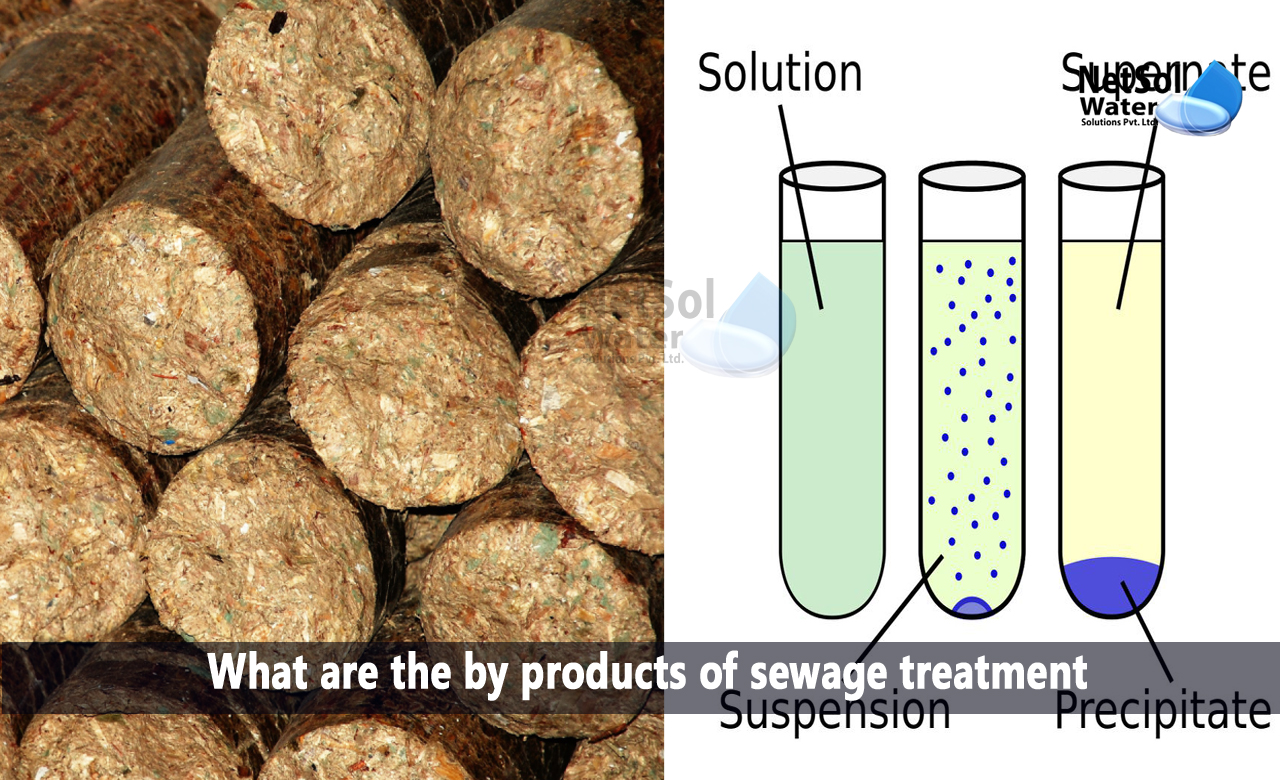Sludge or bio-solids are the leftover materials that gather in sewage treatment facilities. Sewage sludge is the residual material that is solid, semisolid, or slurry-like and is created as a by-product of wastewater treatment procedures.
What are the by-products of sewage treatment?
Primary and secondary sludge are two frequent classifications for this waste.
Secondary sludge is the activated waste biomass produced as a result of biological treatments, whereas primary sludge is produced by chemical precipitation, sedimentation, and other primary processes.
Some sewage treatment facilities additionally get septage or septic tank sediments, from domestic on-site wastewater treatment facilities. The sludges are frequently blended for further processing and disposal.
Other by-products of sewage treatment
The by-products of wastewater treatment facilities are biosolids, biogas, and hydrogen sulfide (H2S), and they are constantly rising with the population.
The traditional methods of dumping biosolids in landfills, producing biogas, and treating H2S are not integrated. Up to 54% of the emissions from the entire waste industry are caused by this treatment method. It also reflects high running expenses for wastewater treatment facilities.
Only biosolids handling accounts for 45% to 65% of operating costs, at wastewater/sewage treatment facilities.
Treatment of by-products of sewage treatment
Most sewage treatment plants use the common procedure to treat sewage i.e.
1. Preliminary Treatment
2. Primary Treatment
3. Secondary Treatment
By using sewage treatm?ent will be beneficial to the users, as it will help in treating the by-products of the sewage treatment in the following way:
This includes biological techniques like slow sand filtration and maturation ponds, as well as chemical-physical techniques like adsorption, stripping, coagulation, sedimentation, and chlorination. This post-treatment helps to get rid of pathogens as well as nutrients like phosphorus, sulfur, suspended solids, and remaining BOD.
Currently, developing nations are the main locations where this kind of wastewater treatment is carried out. The method can be used because the produced wastewater typically has low pollution strengths, is inexpensive to implement, is rather simple to do, and does not require highly sophisticated techniques.
Conclusion
All wastewater/sewage treatment plants are designed, and operated with the treatment, and disposal of sewage sludge as key considerations. Prior to final disposal, sludge treatment primarily aims to reduce volume and stabilize organic components.
Sludge that has been stabilized can be handled without posing harm to one's health, or creating an objectionable odour. Pumping and storage expenses are decreased by a smaller sludge volume.
For local authorities and operators, the growing amount of sludge generated by wastewater treatment, in tandem with population growth and urban sprawl, is a major source of concern. Sludge treatment is now required in order to recover products and reduce volume.
How can Netsol Water assist?
At Netsol, you can always have access to expert knowledge. Utilize our platform to try out professionals' services, our customized wastewater treatment plants which can help you in treating your sludge, and relax in the comfort of your own home!
We will also assist you in defining and selecting the best sludge treatment option for you, according to:
· the sludge's composition, where it came from, and
· where it will end up after treatment (recycling, recovery, disposal)
Tell us about your issue, and our professionals will see to it that it is resolved on time. For further information or to make a purchase, please contact us at +91-9650608473 or enquiry@netsolwater.com



